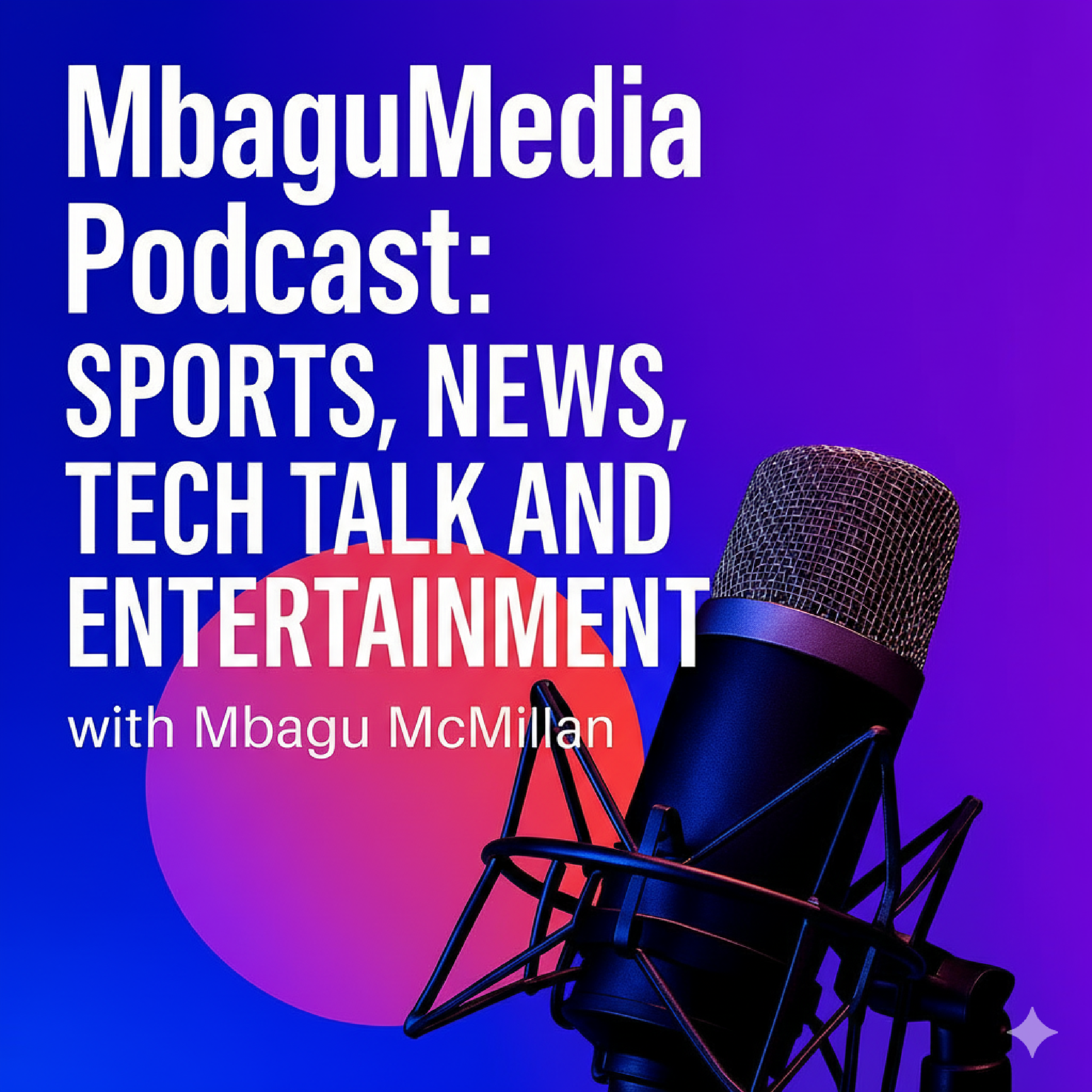In this in-depth analysis, we explore the differences between NVLink and PCIe, two leading data transfer technologies used in modern GPUs. NVLink, developed by NVIDIA, offers a high-bandwidth, low-latency interconnect that enables faster communication between GPUs and CPUs. PCIe, or Peripheral Component Interconnect Express, is a widely-used interface standard that provides high-speed data transfer between various components in a computer system.
We delve into the technical specifications, performance benchmarks, and real-world applications of both technologies. By comparing their strengths and weaknesses, we aim to provide a clear understanding of which technology is better suited for different use cases, such as gaming, AI research, and data-intensive computing tasks.
In addition to this in-depth analysis, we explore how cuda and parallel computing work together in modern GPU architectures. Nvidia’s innovative approach to GPU programming has revolutionized the way concurrent processing handles data transfer between components. Through comprehensive benchmarks and real-world tests, we examine how high performance systems are pushing the boundaries of what’s possible in computer architecture. Key Points: 1. Bandwidth and Latency: NVLink offers higher bandwidth and lower latency compared to PCIe, making it ideal for applications that require rapid data exchange between GPUs. 2. Scalability: NVLink supports multi-GPU configurations more efficiently, allowing for better scalability in high-performance computing environments. 3. Compatibility: PCIe is more universally compatible with a wide range of hardware components, while NVLink is primarily used in NVIDIA’s ecosystem. 4. Use Cases: NVLink excels in scenarios involving deep learning, AI, and scientific simulations, whereas PCIe remains a versatile choice for general computing needs.
Key Points:

**Prediction: Quantum Computing Stocks IonQ, Rigetti Computing, and D-Wave Quantum Will Plunge 50% (or More) in 2026** Prepare to dive deep into the dazzling...

Step into the future of medicine with the latest episode of the MbaguMedia Podcast, where we explore a groundbreaking development in the realm of...

Are you an income-focused investor worried about potential dividend cuts in your portfolio? You're not alone. In our latest episode, "These 3 Dividend Stocks...